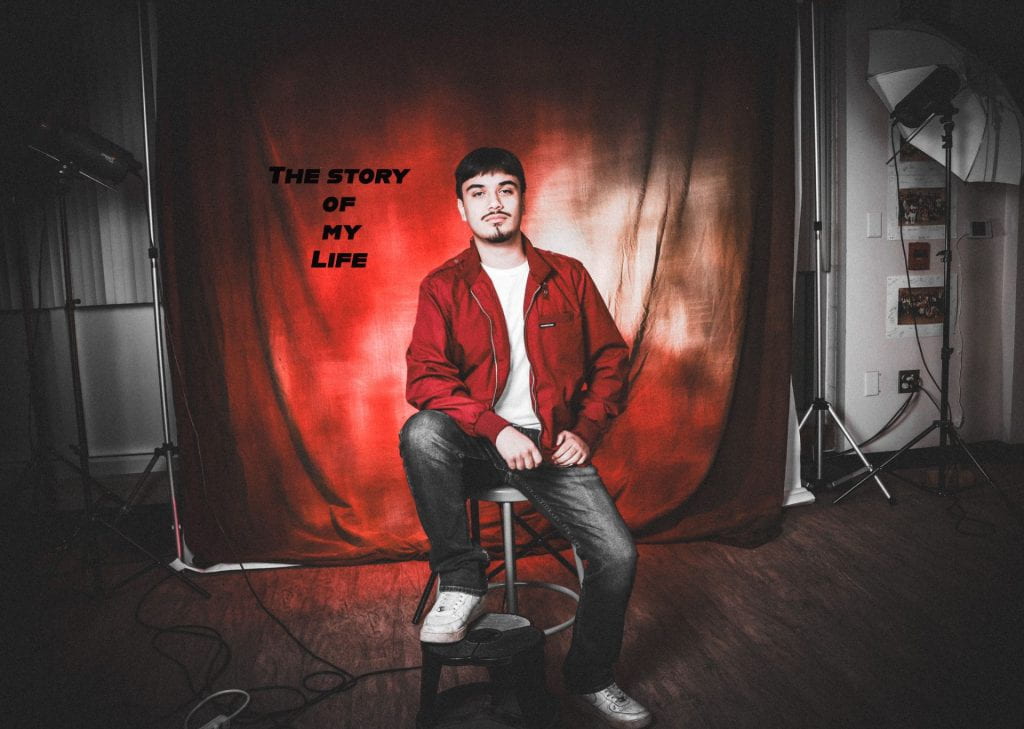Ablums
story of my life



Magazine cover
#5
5 ways to get inspired in photography
-
Go on a walk with your camera – Sometimes just walking around your neighborhood or a park helps you notice cool stuff you wouldn’t see otherwise. Look for shadows, reflections, or even weird angles.
-
Scroll through Instagram – Check out other photographers’ pages to get ideas. You don’t have to copy them, but it can spark something creative in your brain.
-
Try a photo challenge – Do a “photo a day” challenge or pick a theme like “blue” or “quiet.” It gives you a reason to shoot and helps you think outside the box.
-
Shoot during golden hour – That time just after sunrise or before sunset makes everything look amazing. It can totally change the mood of your photos and get you hyped to take more.
-
Hang out with other photographers – Whether it’s online or in person, talking to people who are also into photography can get you motivated and give you new ideas to try.
Next Year Letter
To the people who will be here next year in photo 1 this class is great, and Mrs. Couchon is a really chill, cool, and nice teacher who no matter what will help you with an assignment and grade your work but remember to not talk while Shes talking. The class itself is really cool and helped me learn more about photo shop, cameras, lighting, angles, and photography. It’s a really easy and laid-back class unless you’re really lazy you will most definitely pass this class Aswell. I personally enjoy to also look at the art/photos of other classes and classmates through the blogs or the wall itself. To the next years i wish you guys the best of luck even though you won’t need it and promise you’ll have a good time, take care.
Surreal
Meticulous Photo

Her work is beautiful and brings out nice colors and makes the flowers look nice. Her style is nature and vibrant colors.






